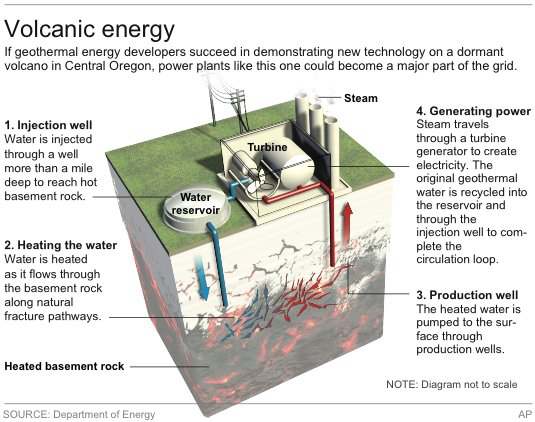Talk of clean, green and renewable power will most likely, in the minds of most, conjure up images of bright and shiny solar panels basking in the glory of the sun as well as slim and tall windmills. And while it is probably right to assume that these two methods of producing renewable and environment-friendly energy are indeed the most popular today, it might be that things are bound to change sooner or later, especially if the groups or companies featured in this article have their way. Modern economic and technological trends are pointing to the increasing feasibility of novel methods of producing energy to power economies such that it is foreseeable that sometime in the future, there will be no more need to rely heavily on solar and wind power technologies as alternatives to fossil fuels and energy derived from fossil fuels but can opt for other and, in some ways, even cleaner methods compared to traditional fuels and energy producers.
Carbon dioxide (CO2)-based synthetic fuel
 Imagine a world where harmful carbon dioxide emissions ceases to be a problem because burning fuel for energy does not result to an unhealthy atmosphere; where CO2 in the air does not increase as more fuel is burned because it is the CO2 itself that is used as fuel. German company Sunfire is insisting that the time of this innovative approach is just about ripe for the picking. While the technology to do this is actually decades old, it has not been until lately that they can be implemented practically and economically due to the emergence of relatively cheaper renewable power sources.
Imagine a world where harmful carbon dioxide emissions ceases to be a problem because burning fuel for energy does not result to an unhealthy atmosphere; where CO2 in the air does not increase as more fuel is burned because it is the CO2 itself that is used as fuel. German company Sunfire is insisting that the time of this innovative approach is just about ripe for the picking. While the technology to do this is actually decades old, it has not been until lately that they can be implemented practically and economically due to the emergence of relatively cheaper renewable power sources.
Turning CO2 into usable fuel itself requires tremendous amounts of energy and, hence, are impractical unless you get the power through renewable means. Cheaper and easier access to alternative and green sources of power have made the CO2 fuel option more feasible despite some drawbacks (Read this CNN report for more on this). Although quite far from widespread use, the fact that there are people are banking on this and have positive outlook for its future is good news for all clean power advocates. (Read related: Turning paper trash into fuel)
 Hot air power plants or the solar tower concept
Hot air power plants or the solar tower concept
The idea behind this method of power generation is actually pretty simple and is based on the fact that hot air rises. A hot air power plant works by heating air adequately (to around 194 degrees Fahrenheit or about 90 degress Celsius). And as the heated air rises, it is used to run a turbine that produces the mechanical energy which it transforms into electricity.
As simple as the principle may be, however, there currently isn’t any industrial scale power plant using it to produce energy. But that may change soon because an Australian company called EnviroMission is planning to build the very first industrial scale solar tower or hot air power plant that they claim will produce around 200 megawatts of electricity. Although it will be the first of its kind, the company is confident that it will work as claimed because they say the principle has been proven, albeit on a smaller scale (see this related report for more on this). The project is estimated to cost $750 million give or take $100 million and EnviroMission says they have raised a “substantial” amount. People looking for good investments in this sector might find this interesting.
 Volcano power
Volcano power
And how about we start using them volcanoes for some green power generation? The technology for harnessing energy from the heat vented by the planet (geothermal energy) has been around for a while. However, the applications have been limited and it has not really had the chance to become a major player in the renewable energy sector. One problem is that, according to a news an AP news report, people are wary of their potential to cause earthquakes. This is a sentiment that company AltaRock Energy hopes to change by undertaking a project that aims to harvest energy from a dormant volcano by pouring water into it and using the steam produce to run turbines that in turn will produce power.
And while earthquake fears are well-founded (there have been instances where geothermal projects have been shut down due to earthquake complaints), it seems there is still genuine interest for this new approach that even the United States Department of Energy and Google have forked out funding for the AltaRock project. Widespread use of the technology is also a long ways off and there are many technical issues that need to be resolved but the fact that even the U.S. government is showing serious interest is something quite noteworthy and may be a good sign for the technology’s future.
Sources and image credits: CNN, Yahoo News